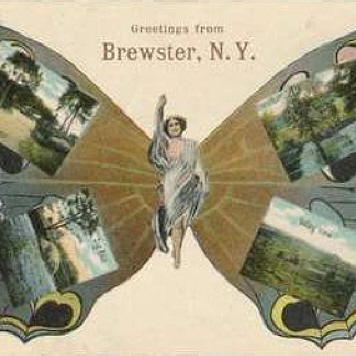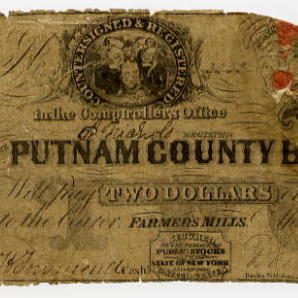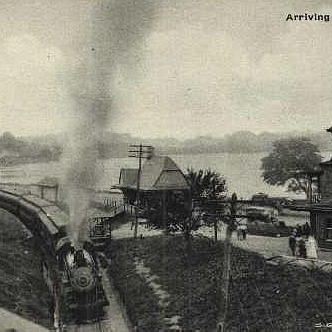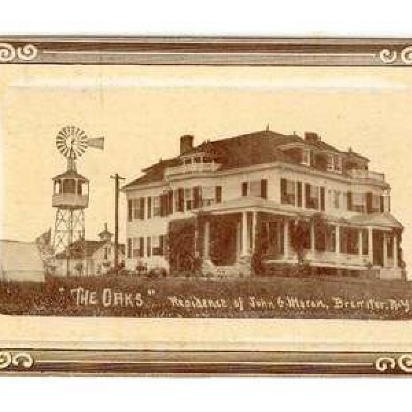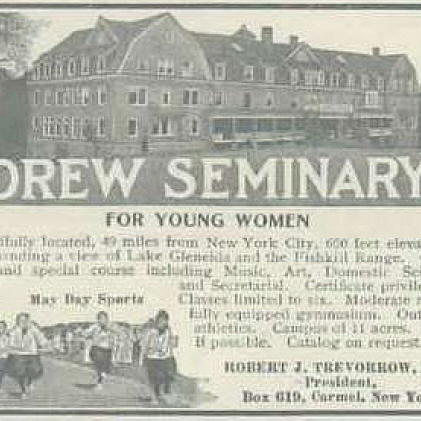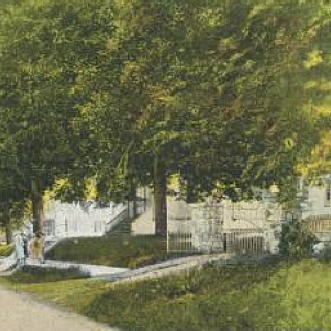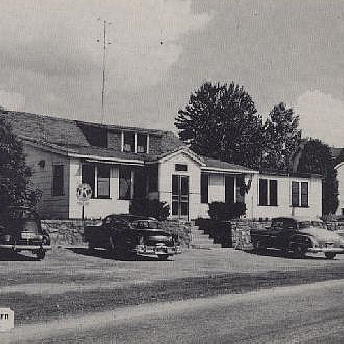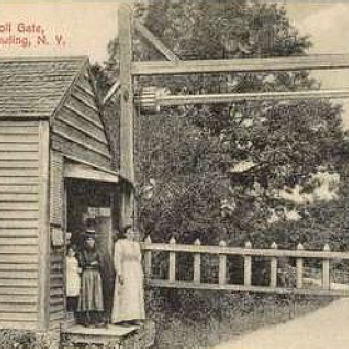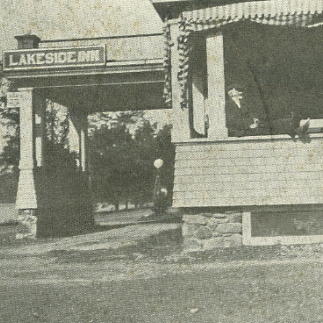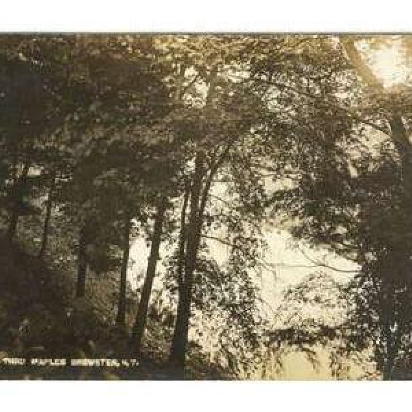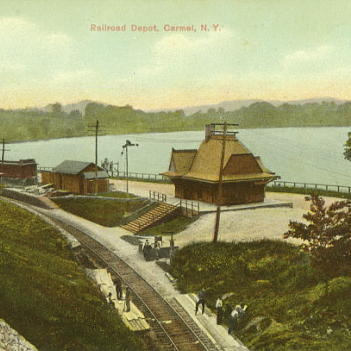Putnam's Waterways
 Harnessing Nature’s Power
Harnessing Nature’s Power

The East Branch of the Croton River, renown for its trout fishing, winds its way quietly through eastern Putnam County. The eighteenth and nineteenth century centers of Patterson, Milltown, Southeast Centre and Village of Brewster had integral relationships with the East Branch with factories and mills dotting its shores. The river powered industrial development and enabled for the livelihood of farmers, carpenters, laborers and others involved in the shops and industries along the East Branch.
The Great River
In western Putnam, a larger river – the dramatic Hudson - dominated the historical growth and, of course, the landscape. From colonial days up through the Civil War, the Hudson River served as a major trade route to New York City. During the American Revolution, key fortifications on Putnam’s shores prevented British ships from sailing up the Hudson to invade Albany. While the River’s economic importance as a primary transportation route had waned by the later part of the nineteen-century, its value to our cultural landscape only grew and, in 1999, the Hudson was proclaimed a National Heritage River.
The Changing Face of Putnam
Nineteenth century health and safety issues in New York City shaped the building of a modern engineering marvel. Stately stone, masonry and earthen dam structures rose up in the towns of Southeast, Brewster, Carmel, Kent and in the northern Westchester communities holding back hundreds of millions of gallons of water that would feed into a 60-mile long reservoir system for New York City. Causeways, spillways, and lakebeds were laid out in Brewster, Southeast, Carmel, and Kent. Constructed in the forty years from 1870 – 1911, these masonry structures created picturesque landscape along the East Branch of the Croton River. Under the silent waters are remnants of homes, farms, walls, businesses and hamlets that were flooded to create the Croton Water System (Read Liquid Assets by Diane Galusha).
Putnam’s Lakes
While Putnam’s rivers played critical roles in the early commercial and industrial development, Putnam’s various lakes – Peach Lake, Putnam Lake, and Lake Mahopac among others fostered a different kind of development. They provided serene environments for recreational communities and summer visitors. Grand hotels once lined the shore of Lake Mahopac and close connections to train and road systems made for easy commutes from New York City. Over the years, the summer homes along these recreational waters grew into year-round homesteads in communities that have their own sense of place and identity.
An Unique Ecosystem
The second largest freshwater wetland in New York State, the Great Swamp, stretches twenty miles through Eastern Dutchess and Putnam counties. Approximately ten percent of the 63-acre swamp is publicly owned, allowing few places to access the swamp. It is home to varied species of plant, water and bird life, with some rare examples of their kind in the State. Conservation of the Great Swamp plays a critical role in protecting a unique New York natural heritage.
